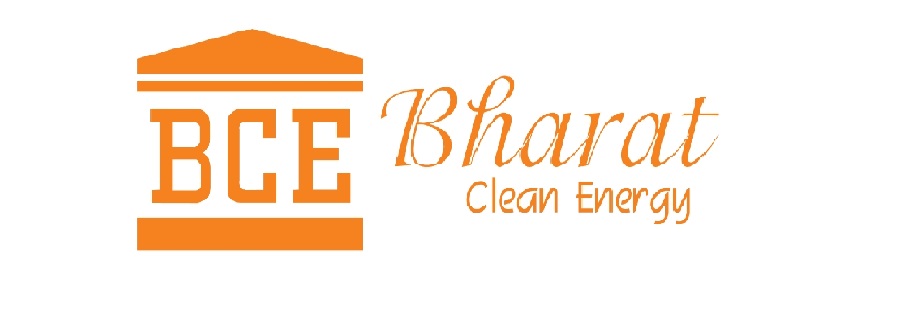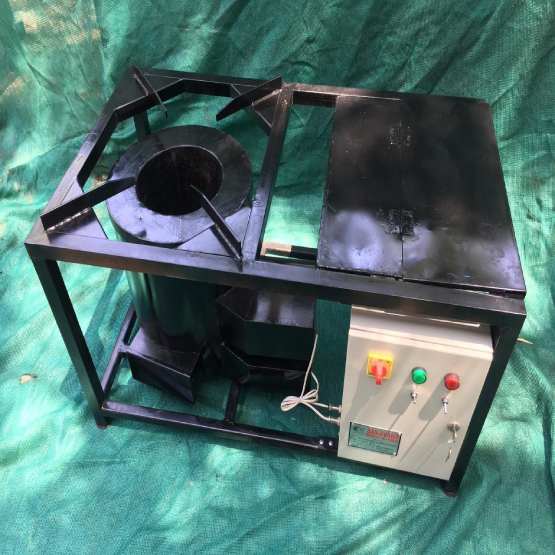In many parts of the world, especially in rural areas, cooking remains a fundamental part of daily life. However, traditional cooking methods often involve inefficient and environmentally harmful practices, such as burning solid fuels like wood or charcoal in rudimentary stoves. Not only does this contribute to deforestation and air pollution, but it also poses health risks due to indoor smoke inhalation.
To address these challenges, continuous feeding cookstoves have emerged as a promising solution. These innovative stoves are designed to improve efficiency, reduce fuel consumption, and minimise harmful emissions while ensuring a constant and steady heat source for cooking.
One of the key features of continuous feeding cookstoves is their ability to sustain a consistent flame without the need for constant supervision or fuel replenishment. This is achieved through clever design elements such as adjustable air vents and controlled fuel delivery mechanisms. By allowing a controlled flow of oxygen to the fire, these stoves ensure complete combustion of fuel, resulting in cleaner, more efficient burning.
Moreover, continuous feeding cookstoves often incorporate insulation materials to retain heat, further enhancing their efficiency. This means that less fuel is required to maintain cooking temperatures, reducing both fuel costs and environmental impact. Additionally, some models are equipped with secondary combustion chambers or catalytic converters, which further reduce harmful emissions by burning off unburned gases.
The benefits of continuous feeding cookstoves extend beyond environmental considerations. By reducing the time and effort required for cooking, especially in households where women typically bear the primary responsibility for this task, these stoves can empower individuals, particularly women and girls, by freeing up time for other productive activities such as education or income-generating work.
Furthermore, the adoption of continuous feeding cookstoves can have positive economic implications at both the household and community levels. By cutting down on fuel expenses and improving health outcomes, families can save money and invest in other areas of their lives. At a broader scale, the widespread adoption of these stoves can contribute to reduced pressure on natural resources and mitigated climate change impacts.
However, despite their potential benefits, the widespread adoption of continuous feeding cookstoves faces challenges such as affordability, cultural acceptance, and accessibility to rural communities. Governments, non-governmental organisations, and private sector actors must work together to overcome these barriers by providing subsidies, conducting awareness campaigns, and promoting local manufacturing and distribution channels.
In conclusion, continuous feeding cookstoves represent a promising innovation in the realm of sustainable cooking technologies. By combining efficiency, affordability, and environmental consciousness, these stoves offer a pathway towards healthier, more sustainable cooking practices for communities around the world. Embracing and supporting the widespread adoption of continuous feeding cookstoves is not just a matter of convenience; it is a step towards a brighter, more sustainable future for all.

